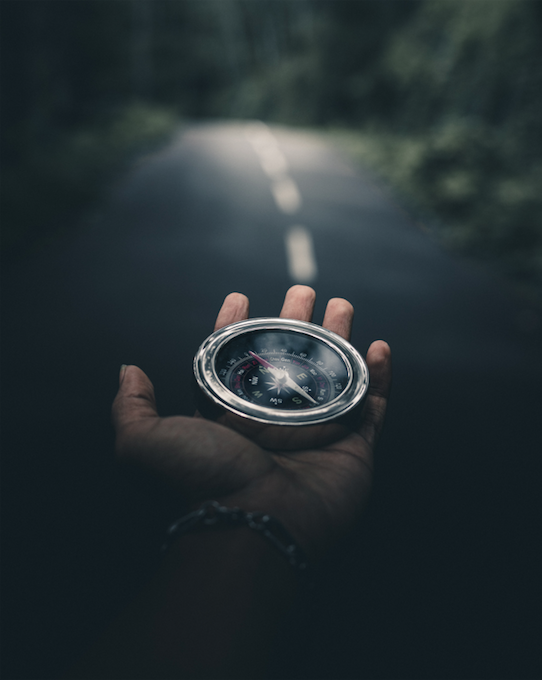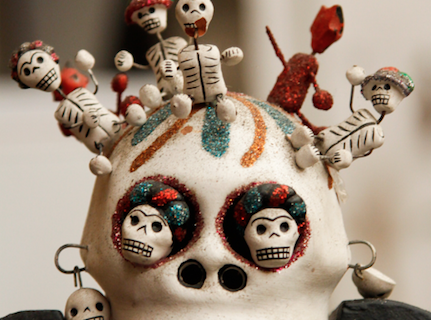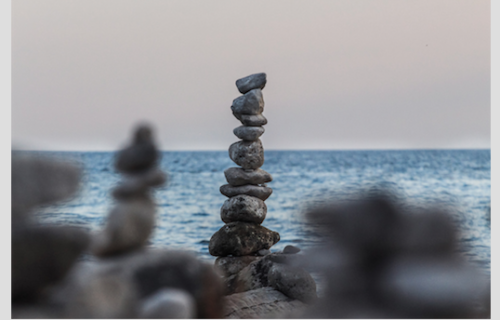
Following the Inner Compass: A Self-Directed Education Path
November 9, 2020
I’ve been a teacher since 2001, working in all sorts of learning environments – including public and alternative schools. Unlike many other educators who have only worked in public or private schools, I’ve had the unique opportunity to observe how children learn in various settings. I support choice in education and as an educator, I’ve found my “home” outside the conventional schooling model.
In 2004, I launched Wise Child Education Consulting. I’ve been specifically supporting home- and un-schooling families since then; I have seen the ways this has benefitted so many educators, parents, and learners. Initially, I got a lot of flak from fellow educators for leaving the public system. My colleagues felt that if innovative educators kept leaving the system, it would never improve. Although I worked with some amazing public school teachers, I saw the tremendous burnout they were experiencing and that just didn’t feel sustainable to me. I felt then – and still do – that mainstream schooling cannot be fixed because it was never designed for the realities of how humans have evolved over millennia to learn and grow. In his book “The Underground History of American Education,” trailblazing educator John Taylor Gatto uncovers why the modern schooling model was created. It turns out, it had more to do with the needs of growing corporations in the Industrial Revolution than with concern over educating the masses.
Although the mainstream schooling model may work for some children who are extroverted learners and excel in athletics and book work within linguistic and mathematical modes of intelligence, other children who are hands-on, artistic, introverted, project-oriented learners often get left in the dust. (See Howard Gardner’s book “Frames of Mind: The Theory of Multiple Intelligences” for more information.) Neurodiverse children with diagnoses (like ADHD, Dyslexia, or Autism) whose brains work differently than what is considered acceptable by the mainstream culture grow up feeling like there is something wrong with them instead of with the accurate knowledge that they are just as intelligent as their peers: their brains are simply better suited to other learning environments. In addition, many racialized families who are Black, Indigenous, or of colour are choosing to unschool in order to halt the harmful effects that continuing institutionalized racism has on their children and their belief in themselves as learners. It’s also important to these families that their children grow up rooted in the cultural practices handed down by their ancestors that foster resilience and growth. Many children feel unsafe in schools, where bullying–both online and in person–is a real problem that often goes unresolved in a system that puts more emphasis on academic learning and less on social and emotional learning. In the last ten years, mental health diagnoses of generalized anxiety, depression and suicidal ideation have increased dramatically in children of all ages–even primary age kids.
There are many other education models that are better suited to the actual developmental and attachment needs of children; unschooling is one of these. Veteran unschooling parent Sandra Dodd talks more about this philosophy on her site:
Unschooling is a term that the late John Holt coined in the late 70’s to describe learning that is based on a child’s interests and needs. Unschooling does not begin with a parent’s notion of what is important to learn and then turn the choices of how to learn the content over to a child. Rather, it begins with the child’s natural curiosity and expands from there. Unschooling is not “instruction free” learning. If a child wants to learn to read, an unschooling parent may offer instruction by providing help with decoding, reading to the child, and giving the child ample opportunity to encounter words. If the child is uninterested in these supports, the parent backs off until the child asks for help. The most important thing about the unschooling process is that the child is in charge of the learning, not the adult. Unschoolers often do no traditional school work, yet they do learn traditional subject matter. They learn it as a natural extension of exploring their own personal interests.
Choosing a non-mainstream education model is not a decision parents take lightly either; they have to sacrifice time, resources, career opportunities, and money to do it well. Most families who make this choice are not independently wealthy–contrary to popular belief, most are single-income, middle class households (many of these are single parents). I’ve even worked with homeless families living in shelters. Many parents get creative (working from home, downsizing, and/or starting businesses) and really take their lives down to the bare bones to give this option to their children. They invest time in community: Creating a vital circle of support with other like-minded parents that ease the load of modern parenting. A lot of parents are also tired of the rat race and this is a way of getting themselves out of the relentless consumer cycles that are causing them to work so hard every day. Parents I’ve met throughout the years sensed they were missing their kids’ childhoods and felt disconnected from the people they love most. Unschooling is one way to take back authorship of our lives and our precious time on this planet.
Recommended Resource:
“How Children Learn” by John Holt
Jennifer
Engrácio
has been a student of shamanism since 2005. Jennifer is a certified
teacher who has worked with children in many different education
settings since 2001. She is a certified shamanic coach, reiki master,
and lomilomi practitioner; in addition, she runs Spiral Dance
Shamanics. Originally from Vancouver, Canada, she now lives in Calgary, Canada with her life partner.


